My “Green 9”
Some shots of the model I realized.
Dear readers, please, feel free to leave a comment to express your critiques, suggestions and opinion. They are all welcome and appreciated!
The author wants to point out that the swastikas shown by the photographs of this and other pages of the website are absolutely not meant to offend anyone. The author rejects all political matters that lead to the atrocities committed during World War Second. This article is meant to remember, to prevent such aberration from occurring again.
Thank you for understanding.
References
- Brown, David E., 1997.
- Late-War Luftwaffe Fighter Camouflage – Commentary on the Evolution and Usage of Luftwaffe RLM Colours 81, 82 and 83.
- Hyper-Scale: http://www.clubhyper.com/reference/luftcamdb_3.htm (Accessed 2 May 2022)
- Crandall, Jerry, 2007
- The Focke-Wulf Fw 190 Dora – Volume One Fw 190 D-9.
- Eagle Editions, Hamilton MT, 344 p.
- M. Góralczyk, G. T. Högl, J. Kiroff, N. Millman, M. V. Orlov
- Real Colors of WWII Aircraft, 2019
- AK Interactive, 71p.
- Hitchcock, Thomas H., 2010.
- The Focke-Wulf Ta 152
- Monogram Monarch Series Number Three, Eagle Editions, Hamilton MT, 208p.
- Hitchcock, T. H., 1983.
- Monogram Close-Up 7 – Gustav: Messerschmitt 109G Part 2 [Second Edition].
- Monogram Aviation Publications, Boylston MA, 32p.
- Hitchcock, Thomas H., 1977.
- Monogram Close-Up 7 – GUSTAV Messerschmitt 109 G Part 2 [First Edition].
- Monogram Aviation Publications, Boylston MA, 32p.
- Menu, Olivier, 2005
- JG 301 extraordinary late war group markings.
- Luftwaffe Experten Message Board, 25 February 2005
- Merrick, Kenneth A., 2005.
- Luftwaffe Camouflage and Markings 1933-1945 Volume 2.
- Classic Publications (Ian Allan), Hersham, 224p. (With separate colour charts).
- Merrick, Kenneth A., 2004.
- Luftwaffe Camouflage and Markings 1933-1945 Volume 1.
- Classic Publications (Ian Allan), Hersham, 224p. (With separate colour charts).
- Merrick, Kenneth A., and Hitchcock, Thomas H., 1980.
- The Official Monogram Painting Guide to German Aircraft 1935-1945 (including Appendices and Supplements).
- Monogram Aviation Publications, Boylston, Massachusetts, 144p.
- Smith, J., R., and Gallaspy, J. D., 1977.
- Luftwaffe Camouflage and Markings 1935-45, Volume 3.
- Kookaburra Technical Publications Pty. Ltd., Melbourne, 164p. (Also published by Monogram Aviation Publications under the title “Luftwaffe Colors”).
- Ullmann, Michael, 2000.
- Oberflächenschutzverfahren und Anstrichstoffe der deutsche Luftfahrtindustrie und Luftwaffe 1935-1945.
- Bernard & Graefe, Bonn, 292p.
- Ullmann, Michael, 2002.
- Luftwaffe Colours 1935-1945.
- Hikoki, Publications, Ottringham, 256p. (With separate colour chart).
- Ullmann, Michael, 2000.
- Camouflage of the Do 335: A Critical Re-evaluation.
- Hyper-Scale: http://www.clubhyper.com/reference/do335camomu_1.htm (Accessed 2 May 2022)
- Ullmann, Michael, 2003
- Hornets’ Nest or RLM 83 Dark Blue?
- Twelve O’clock High Luftwaffe and Axis discussion Board, http://forum.12oclockhigh.net/showthread.php?t=33931 (Accessed 2 May 2022).
Photographic references:
- David E. Brown private collection
- https://hushkit.net/2013/05/09/the-top-ten-most-formidable-piston-engined-fighters/
- https://ww2aircraft.net/forum/threads/all-ta-152-pics.4574/
- https://www.destinationsjourney.com/historical-military-photographs/focke-wulf-ta-152-in-raf-markings/
- https://fockewulfta152h0.wordpress.com/
- https://thedarkroom.com/orthochromatic-vs-panchromatic-film-a-photo-comparison/
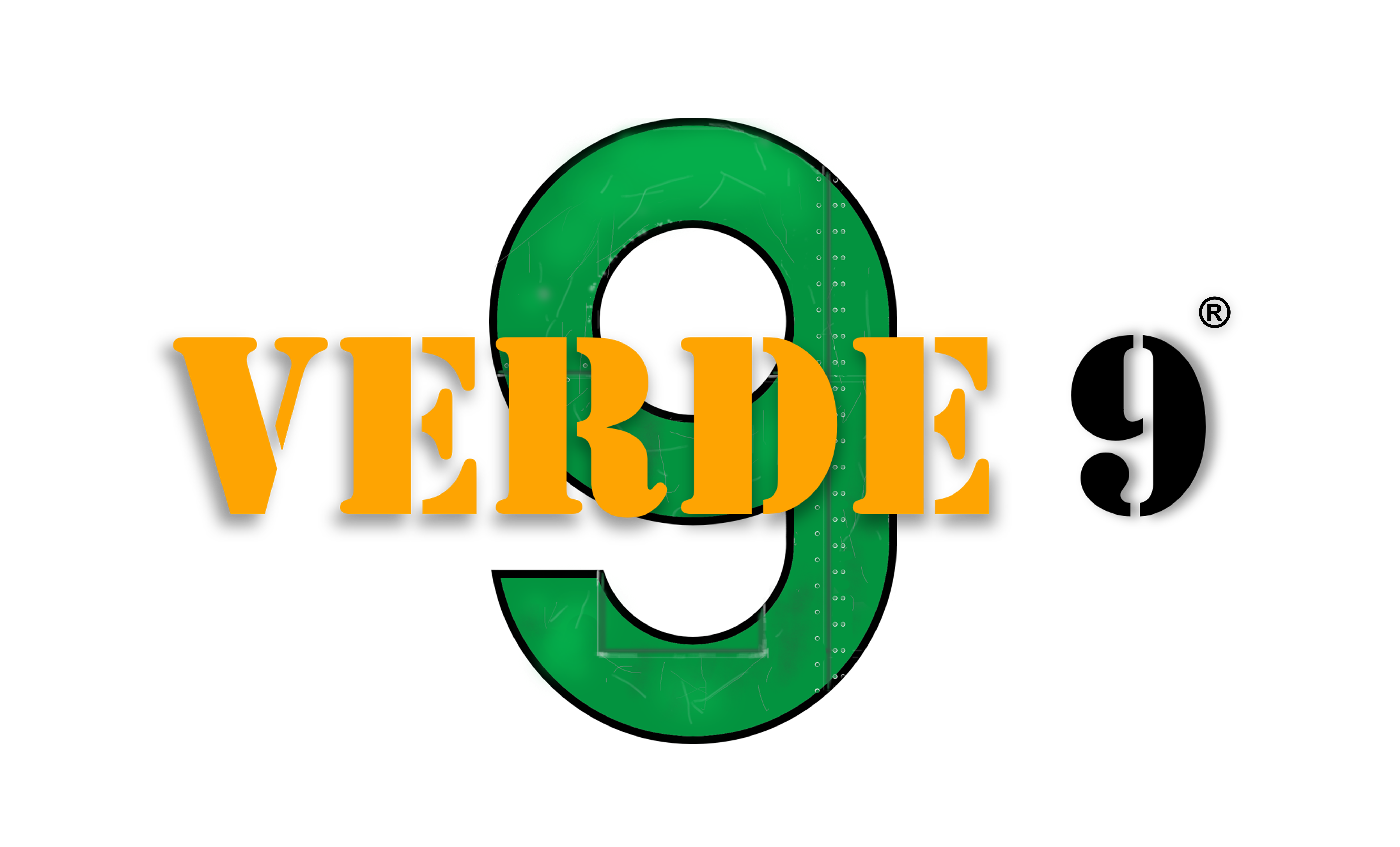

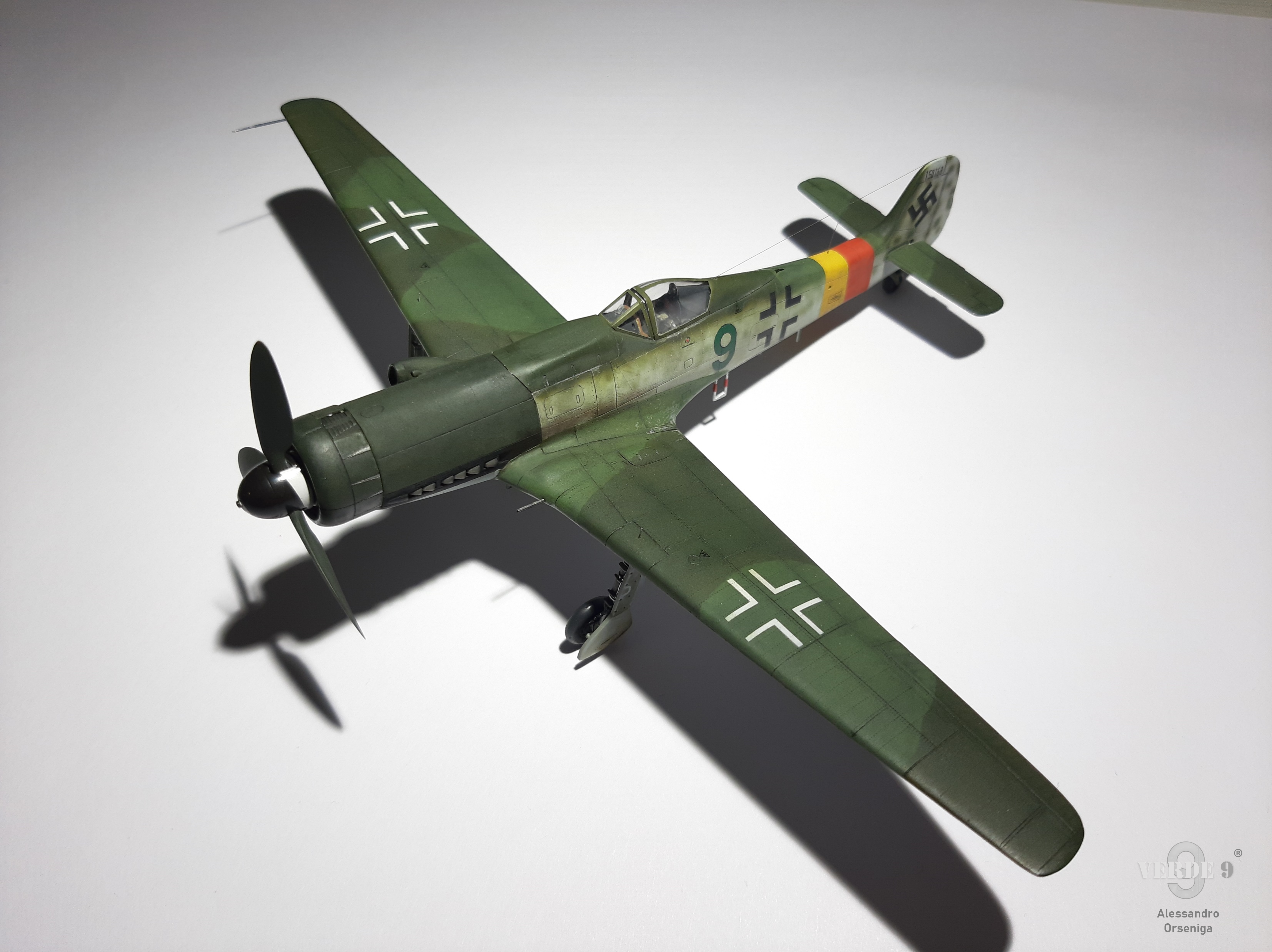
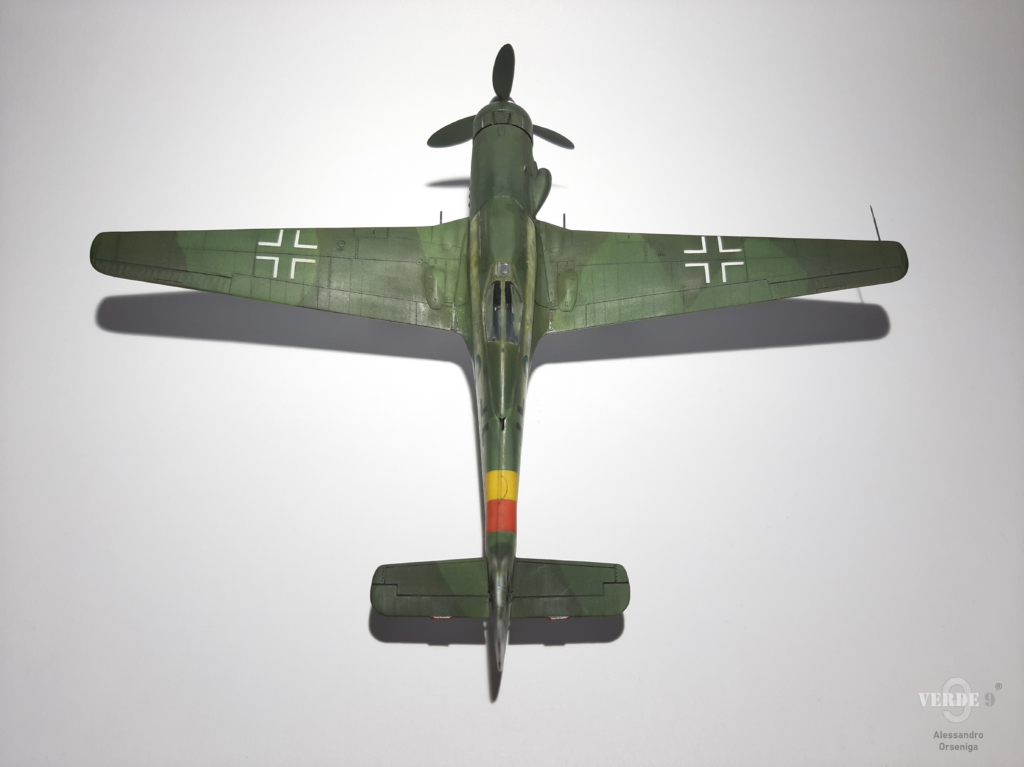

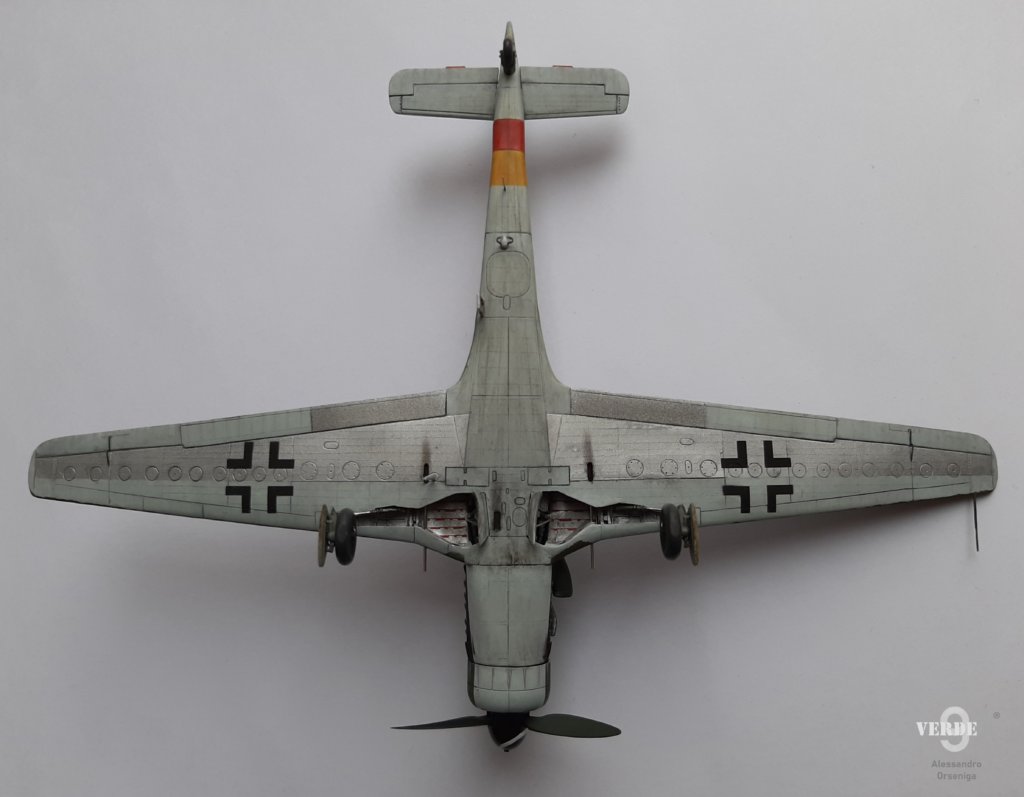
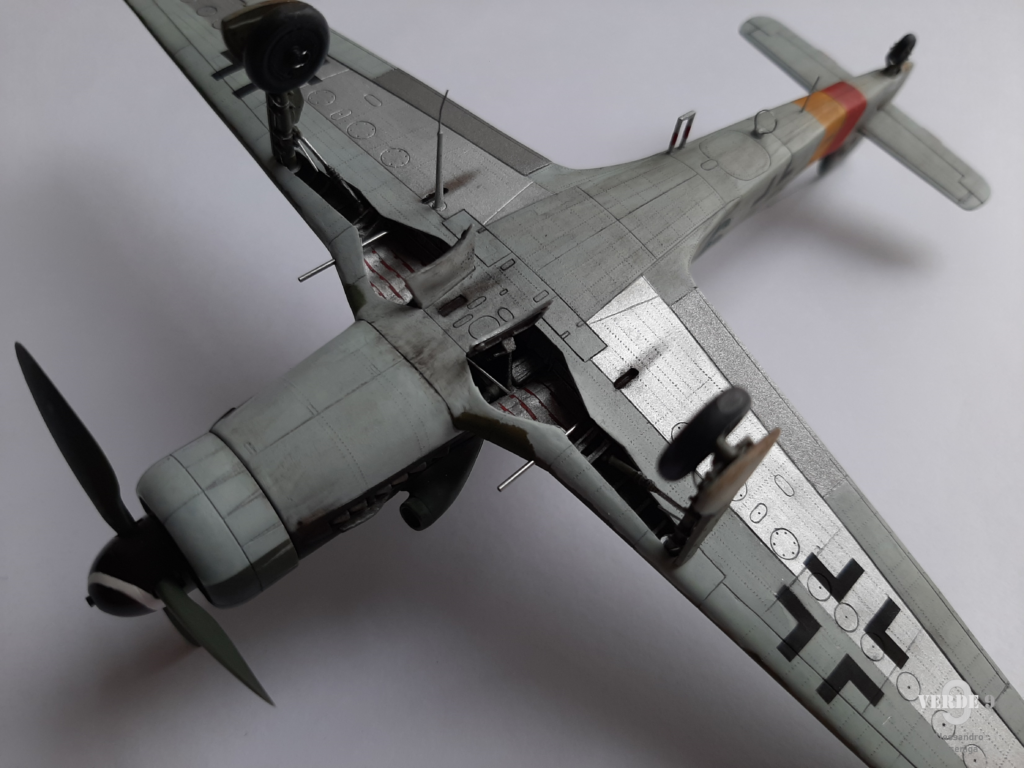
2 commenti
I read this discussion and found it very interesting, but in light of the documentation consulted (which I also have in large part) and in light of the discoveries on the German colors of the Luftwaffe in recent years, don’t you think that the “power egg” is in the dark version of the RLM 82?
Dear Ivano,
Thank you for sharing your opinion! Actually, the “power egg” colour could definitely be a dark shade of RLM 82, as you suggest, and I do agree with you. The reason why I do not want to consider this, as well as any other possibility mentioned in my article as “the actual” colour, is perfectly represented by your kind comment. As long as new information can still be found and new researches developed, I can do nothing but present various theories, both having their strong points and weaknesses, yet plausible. Giving a definitive answer would be like excluding any other suggestion, and that is not the idea that lies behind this article.
If the answer was fixed and assured, the chance of someone expressing a new approach to the topic would be undoubtedly narrowed.
Thanks to people like you, who share their own opinion, furhter points of view and refinements can be achieved and, to me, that is the only way that a reserch in such a specific field like this can be conducted and developed.
I profoundly thank you for expressing your opinion, and I hope that any future reader would be pleased to do the same.
Best regards,
Alessandro